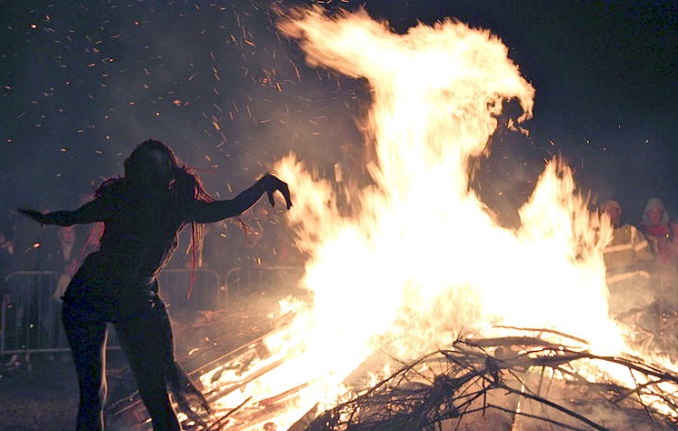
The Celtic year is divided by the four annual Celtic Feast Days which are celebrated on the first of the month: the November Celtic New Year of Samhain (Halloween), Imbolg which was also the Feast Day of the Celtic Goddess Brigid in February, the May Spring Festival of Beltane and the August Harvest Festival of Lughnasa.
Unique amongst the Four Celtic Feast days, Beltane observances have survived in essentially archaic form due in part to its simplicity in that the celebrations historically included the lighting of bonfires. Elements of the tradition have survived into modern times throughout the Six Nations with remnants of the ancient customs surviving into the 20th century in Ireland, Cornwall, Scotland and the Isle of Man (MacKillop). As the Pan-Celtic movement continues to strengthen, Beltane is experiencing resurgence.
There is evidence that Beltane had its origins in rituals associated with the Pan-Celtic Solar God "Bel" and it is believed that the Druidical Orders historically played a central role.